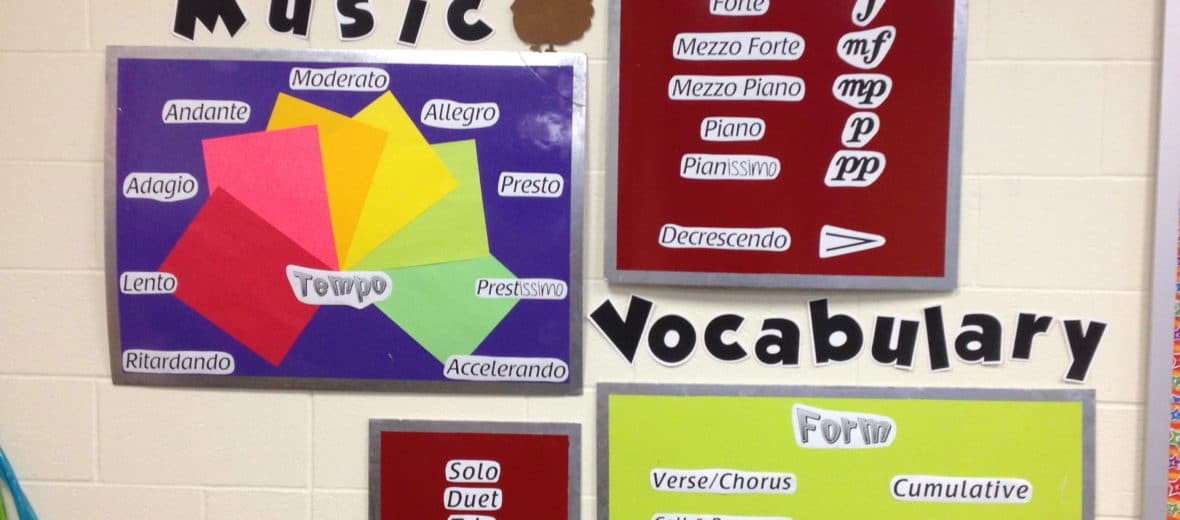
Bulletin Board Best Practices – #2
If you’ve spent any amount of time on my blog you can probably tell that I’m a fan of bulletin boards. I think that they are a wonderful way to get a student’s attention, teach new concepts, reinforce learning, inform the public, draw in other teachers and administration, connect with parents, and much much more. Bulletin boards are awesome!
Now, I know that many of you do NOT share my love of the “Postable Proverb Panel,” the “Hanging High-flying Helper,” the “Whimsical Word-wall Wonder.” I know that many of you HATE spending time thinking up new bulletin boards, creating content to go there, and messing with the staples and borders and everything else that goes into creating a bulletin board wonder. I would respectfully say to all that bulletin boards are what you make them (pun intended). A bulletin board can be a wonderful way to share information and communicate ideas or it can be a vapid, senseless, waste of time.
With that in mind, I wanted to share with you this blog post which you could say is a sequel to a blog I wrote last year called “Bulletin Board Best Practices.” Hopefully this post can give you ideas, encouragement, and some help as you set out to create a bulletin board that will be the talk of the teacher’s lounge. I hope to answer some frequently asked questions with this post… Leave a comment if there are any questions that I miss that you absolutely want to have answered! I’ll try my best!
1) Five different types of Bulletin Board
There are all kinds of bulletin board in all places and in all sizes. At my last school the hallway bulletin board that I was in charge of was 3.5 yards long. That was not a “Composer Corner” sort of bulletin board that I could tuck away in a corner of the classroom. Too big! I also had three huge (6′ x 6′ at least) square bulletin boards in my room along one wall, two smaller bulletin boards on either side of my white board, and about 4 “tack strips.” Soooooooo…. my big task was to figure out what should go on the wall, where should it go, and why!
The first thing you might consider when figuring out what to put on a bulletin board is the location and the purpose. Think about that old phrase “If these walls could talk…” If they could talk, what would they tell you? At my new teacher orientation the presenters grouped bulletin boards into four areas by their purpose: “Teach, Display Student Work, Manage, or Decorate.” If I were allowed to add to this, I would also say that bulletin boards can “Advertise” (and this one is especially important for those of us who have to get kids excited about concerts and upcoming field trips). So, five ways that your walls can talk/five purposes: “Teach/Reinforce Content, Display Student Work, Manage Behavior/Manage Classroom, Decorate, Advertise/Advocate.”
Think about that for a second and let that inform what you choose to display and where. Would you want a wall that “manages” out in the hallway? Do you want a bulletin board space that displays student work in your classroom’s back corner? Bulletin boards in the classroom should be used to display content used in class, information that you refer to all the time, and necessary supports for classroom use. Managing and teaching bulletin boards are IN-CLASS display spaces. This is where you’d put your word walls and reference pictures of notes/rests/dynamics/etc. This is also where you’d put necessary “I Can Statements,” Classroom Management stuff, Class Contracts, and that sort of thing. Bulletin boards outside the classroom should include promotional information (upcoming concerts, etc.), fun concepts to reinforce (ex. a frog themed bulletin board that reviews steps, leaps, and jumps… I would like to see that bulletin board, actually…), or student work.
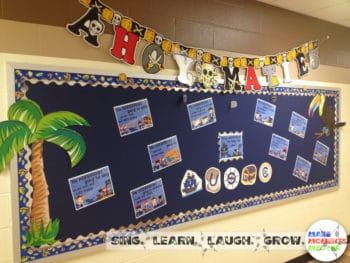 Example: A few years ago I wanted to put up a set of posters about the National Music Standards. I wanted to reinforce with my kids (and with my school staff) the many things that we do in music. We do a lot more than just “sing fun songs!” I developed a fun set of posters with Pirates stating the National Standards and saying “We ARRRRRRRRRGH going to play instruments alone and with others!” and so on. Fun for kid eyes to see and great to reinforce with parents/staff/administrators. While I could post that in my music room I decided instead to put it in the hallway. I wanted lots of eyes to see it and I wanted it to get lots of traffic.
Example: A few years ago I wanted to put up a set of posters about the National Music Standards. I wanted to reinforce with my kids (and with my school staff) the many things that we do in music. We do a lot more than just “sing fun songs!” I developed a fun set of posters with Pirates stating the National Standards and saying “We ARRRRRRRRRGH going to play instruments alone and with others!” and so on. Fun for kid eyes to see and great to reinforce with parents/staff/administrators. While I could post that in my music room I decided instead to put it in the hallway. I wanted lots of eyes to see it and I wanted it to get lots of traffic.
The pirates were fun for kids to see and grabbed their attention. The administrators liked that I #1 knew the standards and #2 was being intentional to use them all and teach them all. I even added a little sign that said something to the effect of “There ARRRRRGH the National Music Standards set forth by the National Association for Music Education.” The bulletin board went over well with students and staff and it got the word out. If I had put that in my classroom it would still have been cool but only students would have seen it on a daily basis and it would have taken up wall space that I could have devoted to something else. If you want to learn more about this set of posters click HERE and then look at the poster preview.
2) What sort of content should I put up on the wall?
Wall space is valuable, use it wisely. Unless your classroom is the inside of IKEA and you have unlimited space and options, you need to put some thought into what you post on your wall. Ask yourself questions like “Do I refer to this information a lot?” “Will students need to see this to reference it?” and “Is this really important?” For example, do you really need solfege handsign posters on the wall. In my classroom the answer is yes. I often sing with solfege and ask students to mimic and follow patterns. Having the hand signs on the wall with their names next to them makes for an easy student reference. I also put up things on the wall like my 1-4 Hamburger Rubric/scale (to show students what scale I use when I assess), my “I Can Statements,” locomotor and non-locomotor words to inspire creative movement, and recorder fingering charts. I use these things all the time and my students learn where they are and hopefully learn how to reference them as well.But not everything is important enough to find space on the wall in my classroom. For instance, I made “Calendar Sets” to show off musicians, composers, conductors, and performers who were born each month. They’re fun little bulletin board sets that include 30 profiles of musicians who are born each month with information about their life and accomplishments. I love these sets and they absolutely inspire conversations with students and faculty about the musician and their impact on their respective genres. HOWEVER, they do not find space IN my classroom. I just don’t have room there. I COULD put them up inside the room but I worry that their presence might take away a student’s focus from the important instruction time that I have with them. Instead, I print them and post them in the hallway. They’re cool and they keep kids and teachers excited about music, but they’re not good as a classroom tool.
3) How often do I have to change this thing?
Again, this depends on if it is in your classroom or in the hallway. If the bulletin board in your classroom and it displays important information that you can use all year, leave it! For instance, once I get my “I Can” statement posters set I leave them up for the duration of the year. That sort of stuff should be stationary and set so that kids can learn to reference it. However, if the bulletin board is in the hallway and it has seasonal/not as important information on it then think about changing it out once a month or once every other month. Even if it’s a music advocacy bulletin board, think about changing it up at least once a quarter.
 I think that one mistake that some teachers make is that they just don’t care much about their hallway bulletin board and so they leave the same content up all year. Don’t “Set it and Forget It.” Change out your content whenever you can so that you keep things interesting and new for students and staff. You can find a TON of amazing bulletin board ideas on Pinterest that are great for music advocacy. Check out your options and CHANGE IT UP! Maybe it’s worth it to go to Teachers Pay Teachers, get some easy little “Print and Post” sets that look super professional, and change out your bulletin boards with the seasons. Or find a way to display student work on the board whether it be recent compositions, pictures from a concert, or even self-reflections or worksheets.
I think that one mistake that some teachers make is that they just don’t care much about their hallway bulletin board and so they leave the same content up all year. Don’t “Set it and Forget It.” Change out your content whenever you can so that you keep things interesting and new for students and staff. You can find a TON of amazing bulletin board ideas on Pinterest that are great for music advocacy. Check out your options and CHANGE IT UP! Maybe it’s worth it to go to Teachers Pay Teachers, get some easy little “Print and Post” sets that look super professional, and change out your bulletin boards with the seasons. Or find a way to display student work on the board whether it be recent compositions, pictures from a concert, or even self-reflections or worksheets.
What now? Where can I find resources?
I hope that this post helped you to rethink your classroom space and test your idea of what is important for your bulletin boards and walls. Bright and beautiful rooms are great for children! When you put a little extra planning in, you get a space that is informative and aesthetically pleasing. I find that giving some serious thought to my walls and use of the space helps to really maximize learning and also keep kids happy at the same time.
If this post sparked your interest or encouraged you to dig deeper into the world of bulletin boards then check out these other blog posts about bulletin boards and best practices! And one last encouragement. Here are 6 FREE totally awesome sets that you can print, post, and put on the wall! Just click the link to head to the set and download it for yourself!





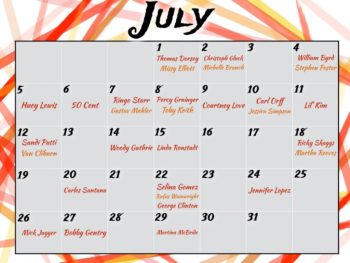



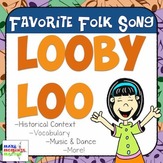
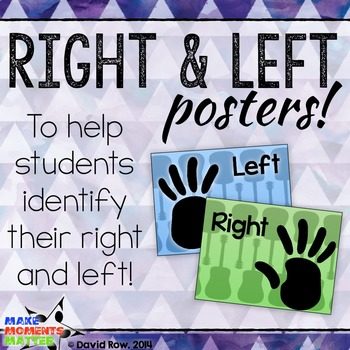

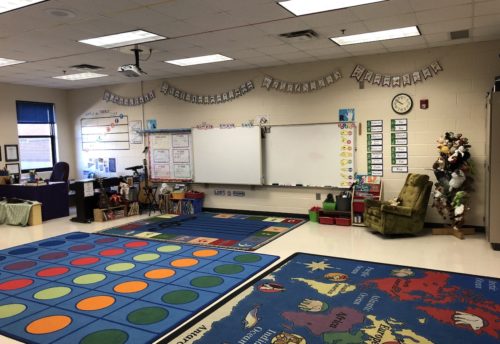


Leave a Reply